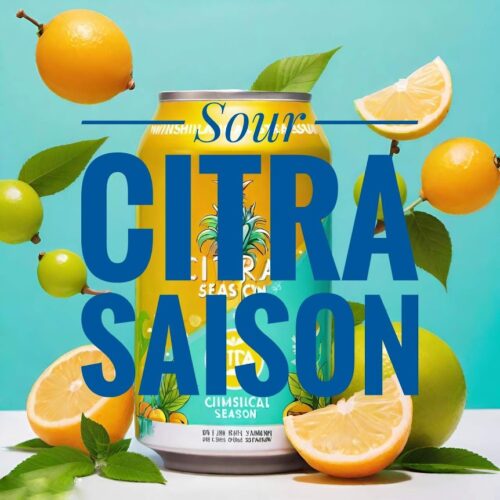Philly Sour produces moderate amounts of lactic acid in addition to ethanol in one simple fermentation step. This first yeast in the WildBrew® series is a great choice for innovative, sessionable sour beers with refreshing acidity and notes of stone fruit. Fermentation that can be completed in 10 days. High attenuation and High flocculation. Aroma and flavor is sour, red apple and stone fruit, notably peach.
There’s a wide spectrum of options these days for making beers with varying levels of acidity. On the most challenging, complex end, you might find spontaneous fermentation; on the easier, pragmatic end, you might find direct additions of lactic or malic acid to control tartness. Then you can imagine all kinds of things out in the middle, such as kettle-souring or co-pitching bugs with yeast.
So, what about these new yeast strains that produce lactic acid (i.e., they are not Lactobacillus)? Where do they fit? The newest of these strains, also from Lallemand, is their WildBrew Philly Sour. It’s similar to Sourvisiae, in that it is yeast—not bacteria—that happens to produce lactic acid. In this case, it’s neither Sacch nor bioengineered but a species of Lachancea isolated from nature by the University of the Sciences in Philadelphia.
How it works: The beer should finish in the more moderate 3.2–3.5 pH range in about 10 days; its optimal temperature range is 68–77°F (20–25°C). The appeal is in its simplicity: one yeast to pitch, just as you would any other. Then you end up with, as Lallemand says, “refreshing acidity and notes of stone fruit.” It is also said to produce high attenuation, high flocculation, and good foam stability.
I decided to use a basic Saison style as my base beer, with Pilsner Malt, Medium Crystal Malt and some Flaked Wheat. Addition of a moderate amount of Citra hops from start of boil right through to dry hopping added to the citrus flavours. The addition of Corriander was to give some enhanced “hop” flavour. The brew I did had a twist in that I added a packet of French Saison yeast at Day 5 of fermentation. Because I used only 1 pkt of Philly Sour yeast (11gm) I was pitching at only 0.5gm/litre of wort. Ideally I should have pitched at 1-1.5gm/litre of wort. So the addition of the French Saison yeast compensated. At this stage, the Philly Sour yeast will have completed it’s conversion of simple sugars to lactic acid to produce a low pH beer, and the addition of the French Saison was to assist in full conversion of the complex sugars to alcohol. The end result is a beer that is clean and lemony—softly tart, not sharply so. The pH came in at 3.9 so not as low as the 3.2 to 3.5 pH range touted by Lallemand, but this was probably due to me under-pitching yeast.
Taste: It’s simple but delightful—a lawnmower beer in the making, akin to a gentler kettle-sour.
Note when calculating the ABV% approximately 5-15% of the OG is lost to Lactic Acid production. I discounted the OG of 1.044 by 0.004 so with FG of 1.003 produced 4.86% ABV.

